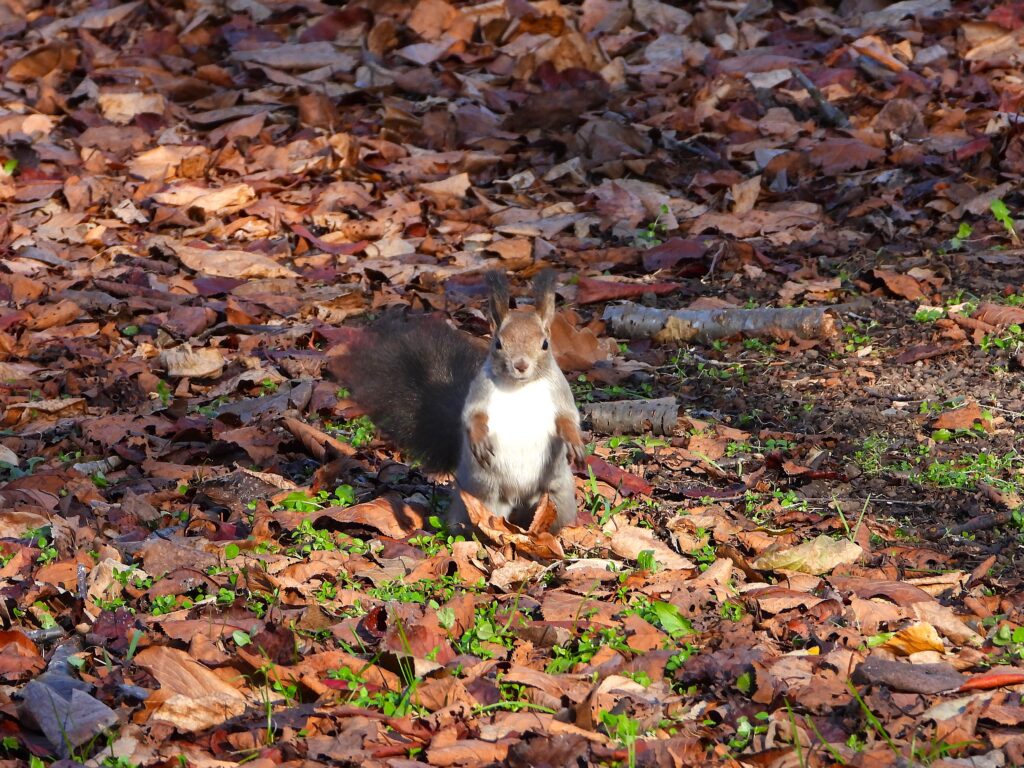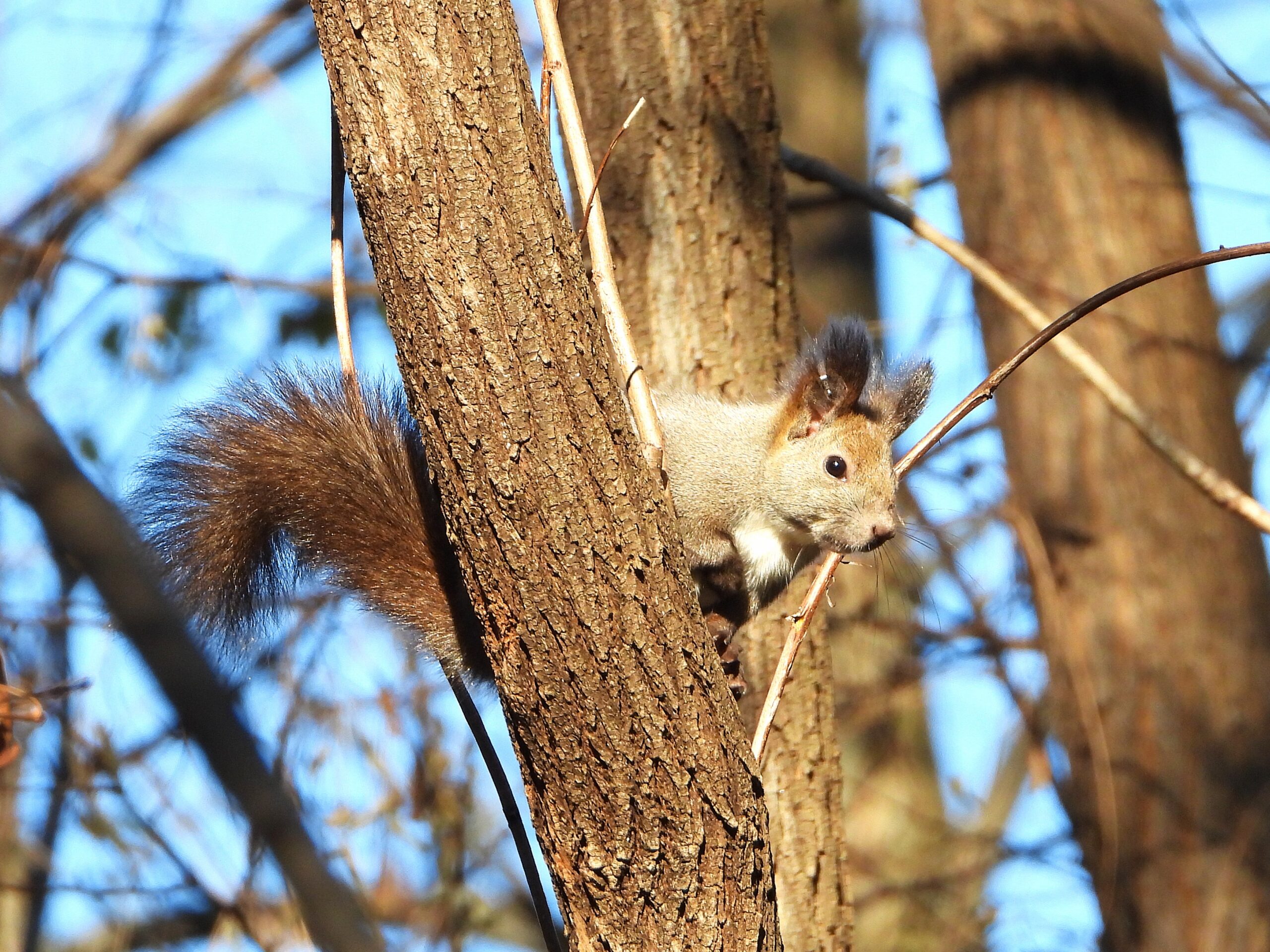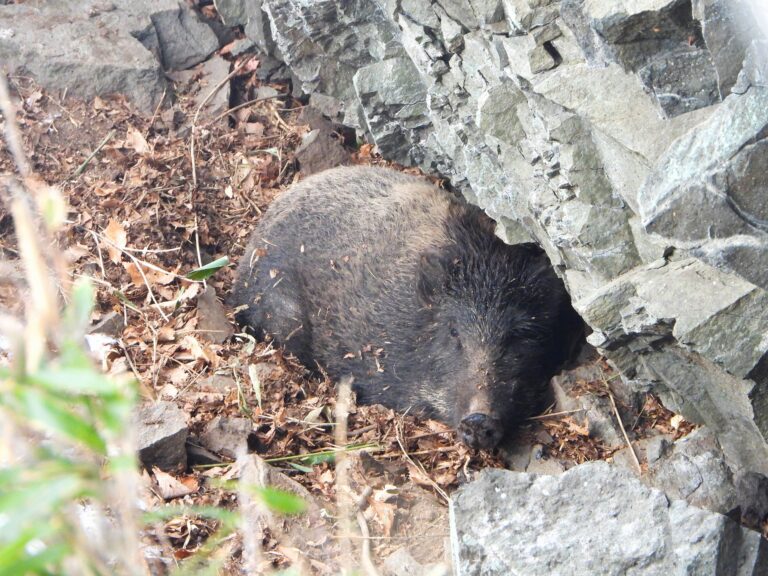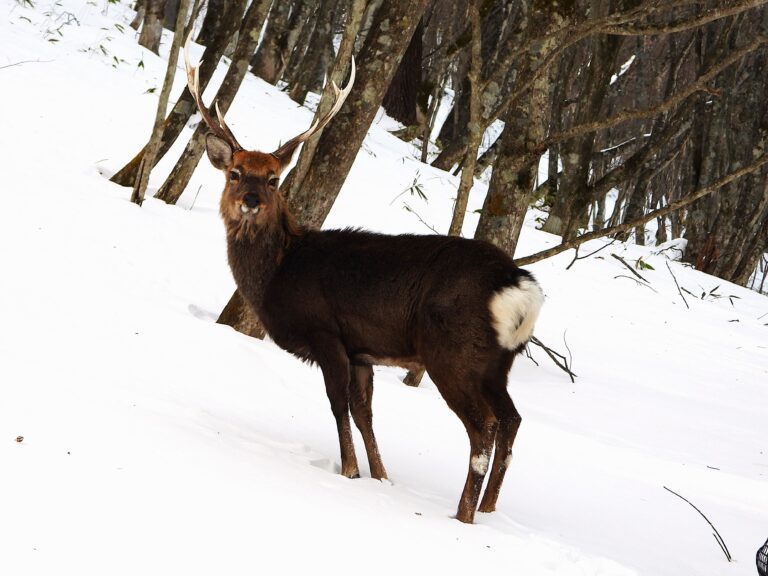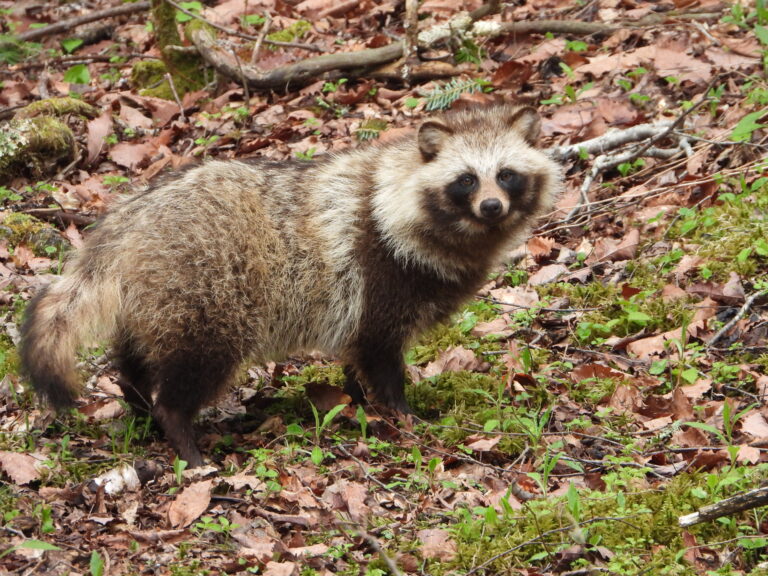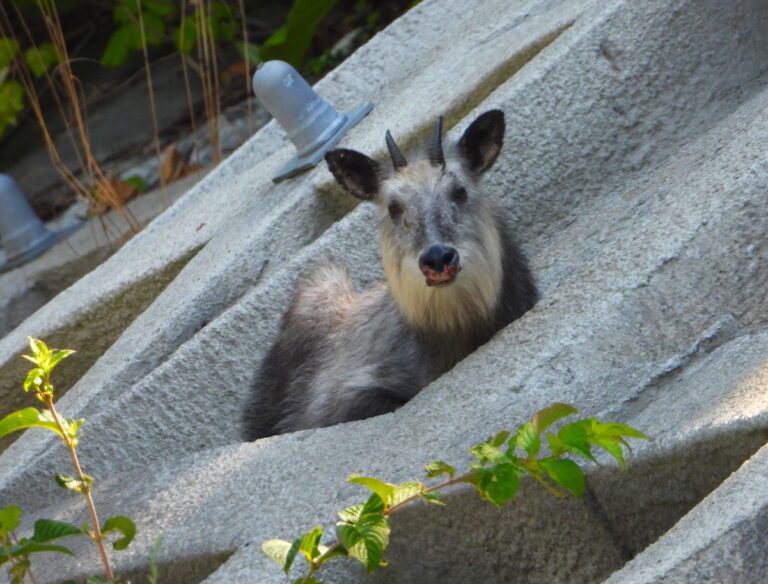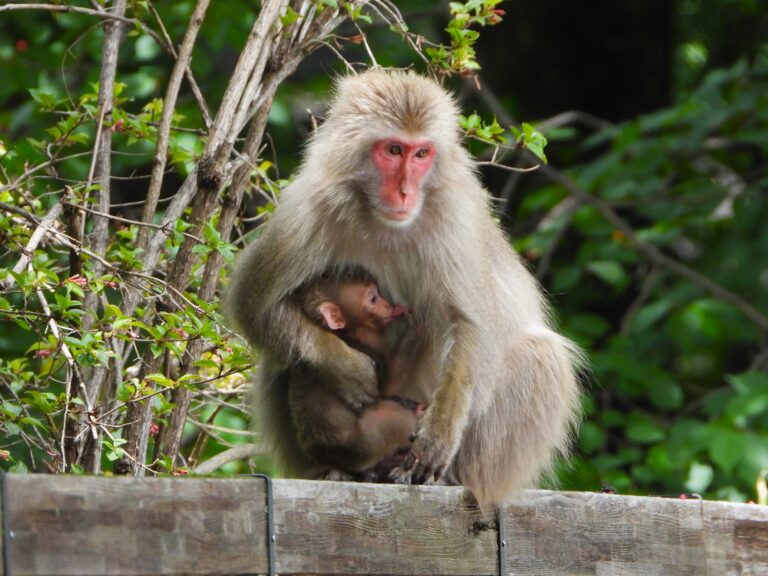Hokkaido Squirrel (Sciurus vulgaris orientis) – Wildlife of Japan
Introduction
The Hokkaido Squirrel is the Hokkaidō subspecies of the Eurasian Red Squirrel (Sciurus vulgaris). In English it is widely used as “Hokkaido Squirrel,” and some sources also say “Hokkaido Red Squirrel” or use “Ezo” informally. It is a familiar wild mammal for visitors to northern Japan.
Appearance
Head–body length about 22–23 cm; mass roughly 300–470 g. Winter fur is darker and denser with long ear tufts, while summer fur is shorter and browner; underparts are pale.
Distribution & Habitat
Endemic to Hokkaidō and distributed across the island. It occupies coniferous and mixed forests from lowlands to montane zones, and also appears in parks, shrine groves, shelterbelts, and other greenspaces where mature trees and food are available.
Behavior
Arboreal and mostly active in the morning and late afternoon. Builds dreys of twigs and leaves or uses tree cavities. Does not hibernate; instead, it caches food and remains active year-round, reducing activity in storms or severe cold.
Diet
Primarily seeds from conifer cones, nuts and acorns, buds, berries, and fungi. Occasionally takes bark/sap and bird eggs. Typical scatter-hoarding behavior supports forest regeneration when forgotten seeds sprout.
Reproduction
Breeding commonly begins in late winter, with another peak possible in summer. Gestation lasts about 38–39 days; usually 1–2 litters per year with around three kits on average. Young start eating solids around 40 days and are weaned at roughly 8–10 weeks.
Conservation
As a subspecies of a globally Least Concern species, it remains locally common where forest habitat persists. Key pressures include habitat fragmentation, road mortality near forest edges and urban parks, poor mast years, and predation by raptors and foxes. Maintaining mature woodland and corridor connectivity is important.
Author’s Impression
I encountered the Hokkaido Squirrel in a park in Obihiro. It was energetically leaping through the trees and digging into the fallen leaves, constantly active. Surprisingly, this species can also be found in city parks, making it one of the more approachable wild animals in Hokkaidō.
